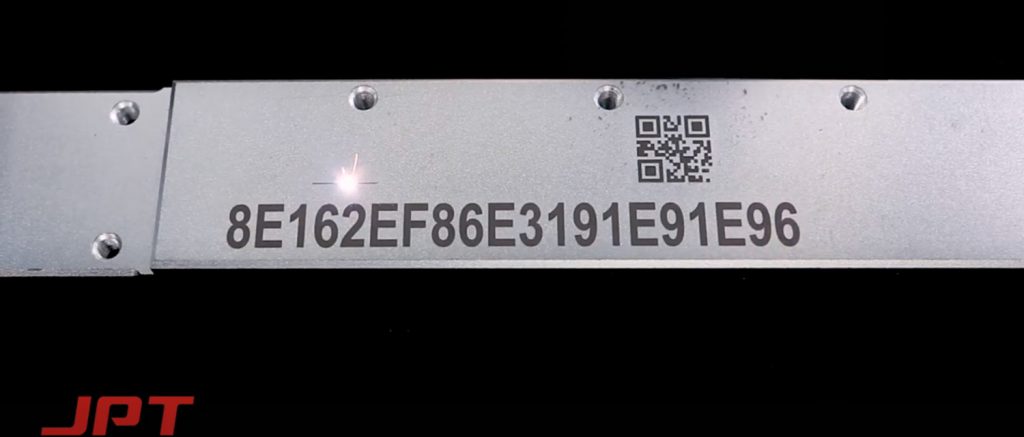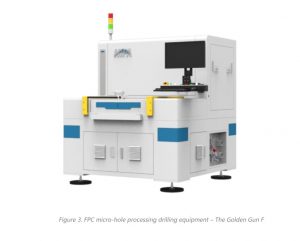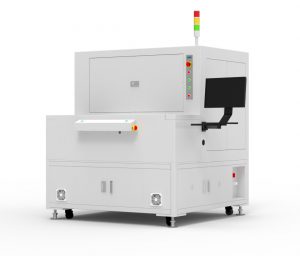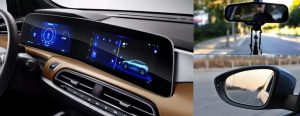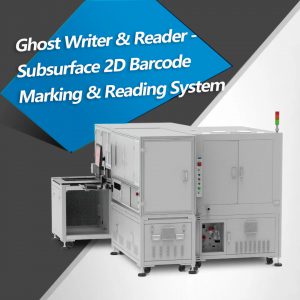Table of Contents
What is Laser Engraving?
‘Engraving’ is the process of marking by cutting the flat or curved surface generally for designing purpose. It can be done very efficiently with the help of high-power lasers.
Laser engraving involves the vaporization of materials surface and subsequent indentation. It is clean and environment friendly process which offers great precision and can be applied to number of materials. The main advantage of laser engraving is that it is contactless processing only relying on heat and it allows marking at depth.
It is frequently used in the area of aerospace, automobile, medical, electronics industry. Being a very powerful, sophisticated processing technique, it requires a great care in handling. Lack of understanding and ignorance can affect the performance a lot.
Here we illustrate most common mistakes recurring frequently in different industries. We also provide useful tips to avoid these mistakes.
Common mistakes in Laser Engraving and Tips for avoiding or fixing it
There are many mistakes and misconceptions associated with laser engraving processes. It happens mostly when we do not have precise understanding of functioning of laser, their suitability for particular material as well as failing to appreciate the process with carelessness. Here we discuss some common mistakes, tips to avoid it and fix if they already occurred.
Every metal and its finish are unique
It is not uncommon to assume that all the metals can be engraved. And it is true in most of the metals. But this assumption may prove to be dangerous. For example, we cannot achieve desired engraving output in rough, nonuniform metallic surface. Similarly, there is a risk to engrave a material with metal plating. If plating is not good, there is every chance that in place of engraving a design, the peel off of metallic plating results.
In case of hard metals, any mistake leaves irreversible effects. In soft metals like gold, any erroneous engraving can be corrected by suitable polishing. Any engraving related mistake in case of metal plating or rough surface may not be useful. Therefore, it is better to take precaution and understand your metal properly to avoid any possible mistake.
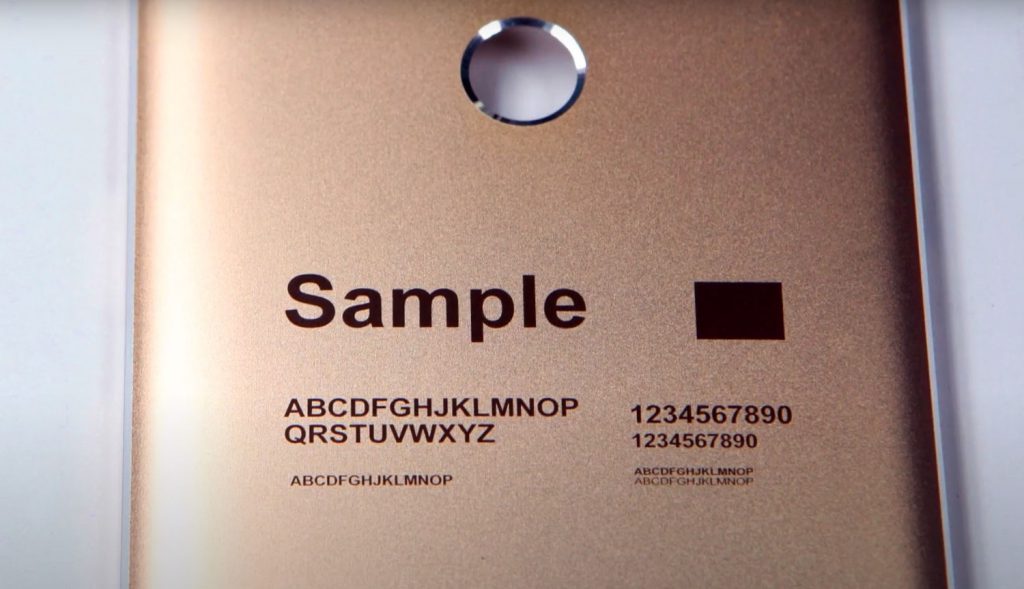
Shard and irregular features in laser engraved glass
When sufficient intense laser beam incident on glass surface it creates micron size fractures in glass surface. These micro-fractures provide an elegance in the form of fine patterning in the glass surface. If not properly done it will create roughness and small shards on the engraved surface. The following tips may work well to produce high quality glass engraving:
Test your glass first :
Depending upon the composition, different types of glass material are available in the market. Laser engraving involves vaporization and it may not work in the same manner for all the glass materials. As an example, crystal glass is composed of lead instead of calcium.
Due to lead content, the heat dissipation in crystal glass is not as good as in other glass and it can produce uneven engraving features. It is always helpful to test your glass first and readjust the settings for optimized laser engraving.
Flat and curved glass:
We can expect the high level of uniformity in the microstructure of flat glasses. But in curved glass, microstructure and therefore, hardness level may not be uniform everywhere in engraved area. Due to inconsistent light interaction, we will get nonuniform frosting features in engraved area.
This kind of inconsistency may be compensated at some extent by maintaining the laser speed and therefore the exposure time at medium level and keeping the output laser power high.
Dissipate the heat:
Some masking in wet form can be used to dissipate the heat conveniently. It will reduce the shard impact in engraved image.
Apply polishing if required:
After applying all the above tricks, if shard still exists, we can take the help of polishing. Be careful to avoid any scratching in engraved surface.
All the woods are not same
Laser engraving in woods requires knowledge of wood characteristics. As an example, hard woods such as oak or teak requires more power compared to the soft woods like balsa. Interestingly there are woods like larch or fir which does not fit for laser engraving.
It is very difficult to adjust different laser characteristics to engrave these coniferous woods due to their unique characteristics. They contain hard grains which are not uniform and surrounding woods are very soft. In short, if woods are more uniform in microscopic level, we will get better engraving result.
Another issue in wood engraving with laser is that they release smoke during the engraving process. The trick is to start from the bottom. In this way we can keep engraving portion away from the smoke.
Maintenance is the key
Laser engraver is a sophisticated setup involving different optical components. In the engraving process smoke is released and residuals are left. These residuals may be trapped in the engraver machine. A routine cleaning and maintenance are very crucial to keep it in optimized condition.
If we are working with the materials like foam or leather in which a lot of smoke and gas is released, the optical components may suffer and we may require regular cleaning. Laser engraving involves burn off and there is always a risk that hot residuals can damage the optical components. Therefore, continuous care and protection of machine is key for its long life.
Considering all this, the MOPA fiber lasers may be the ideal candidate for laser engraving. They provide higher output power and a better control of temporal pulse shaping, useful for laser engraving. They help in reducing the issues of burning, heat development, foaming etc. What’s more, unlike lamp-pumped solid-state lasers, the pump source, laser crystal, etc. of MOPA laser source do not need to be replaced regularly.
Revert it back to the initial condition
Laser engraving involves many steps in starting the setup and also to end after performing actual engraving experiment. It is not uncommon to leave the setup after finishing engraving task and not closing completely. Although it must have been properly closed following all the steps so that it could be started a fresh next time. If we leave it in the middle, there will be always a danger of accident.
Settings are always individualized for engraving on particular material. It may be a time-consuming process and may require testing prior to actual experiments. Since these conditions are unique to certain material, it must be saved for future use to avoid the further wastage of time.
Laser engraving can do magic and can open a new world of possibilities. The only requirement is that we understand our materials and the functioning of machine very critically and do not commit common mistakes.
Recommend Reading
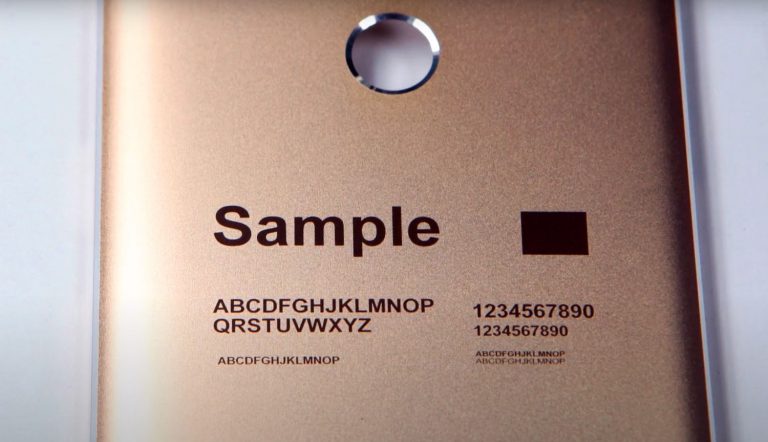
Knowledge About Laser Engraving Anodized Aluminum That You Can’t Learn From Books
Table of Contents Anodized Aluminum Overview Aluminum is a versatile material and has found applications in various industries due to its high malleability and ductility.
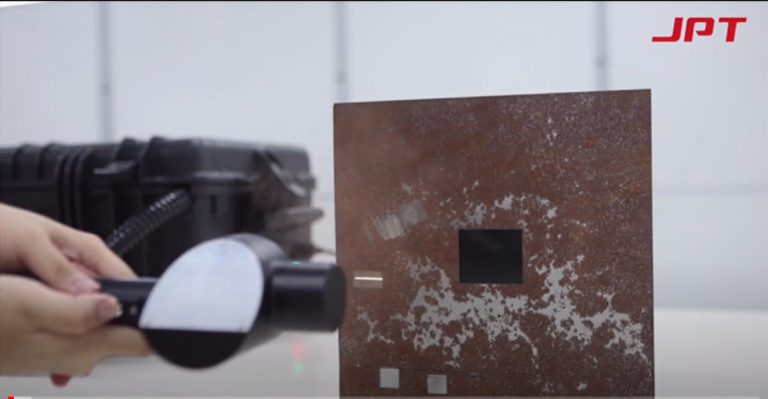
Comprehensive Laser Cleaning Guide – Advantages and Benefits
Table of Contents What is Laser Cleaning? Laser Cleaning is the process of removing the unwanted contaminants or impurities from the surface of a material
- How to Avoid Common Mistakes in Laser Engraving - 27/07/2021
- Leading-edge Laser Solutions for Surface Processing - 16/11/2020
